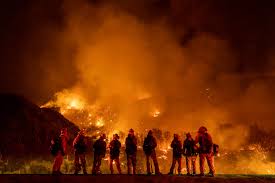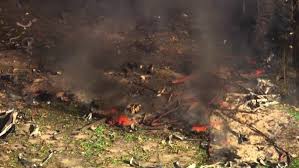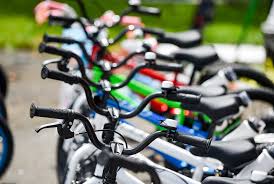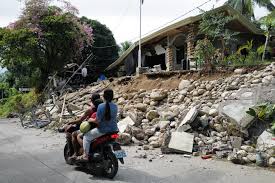
In November, a severe drought had turned wildfires into a devastating crisis across the western U.S. After months of dry conditions, high winds fueled blazes that tore through forests, grasslands, and towns. States like California, Oregon, and Washington declared an emergency as wildfires destroyed thousands of homes, forced evacuations, and created hazardous air quality. The fires, driven by rising temperatures and persistent drought, burned hotter and faster than ever, overwhelming firefighters and local resources.
As the flames spread, communities were left to pick up the pieces. Entire towns were reduced to ash, wildlife habitats vanished, and economies struggled to recover. With firefighting efforts stretched thin, the scope of the destruction became clear, and the future looked grim. Climate scientists warned that the drought, worsened by global warming, would continue to fuel wildfires for years.
In the aftermath, as recovery efforts began, there was a stark realization, this disaster was not just a seasonal crisis, but a sign of a new, harsher reality. The drought and wildfires had irrevocably changed the landscape, and it was clear that combating future fires would require more than just firefighting it would demand a global shift in how humanity addresses climate change.




